Then They Came for Me On 19 February, 1942, President Franklin D. Roosevelt signed Executive…
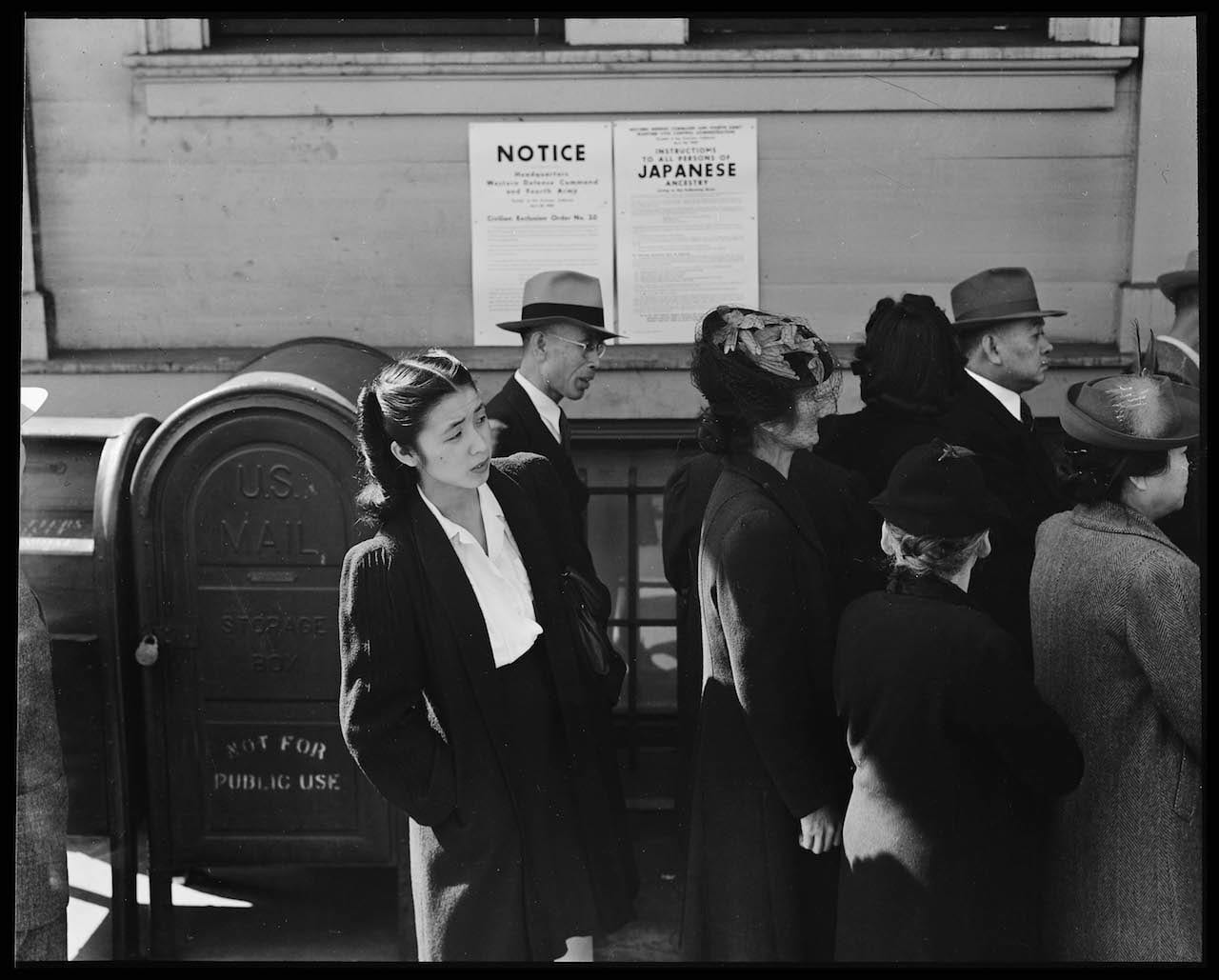

Then They Came for Me On 19 February, 1942, President Franklin D. Roosevelt signed Executive…
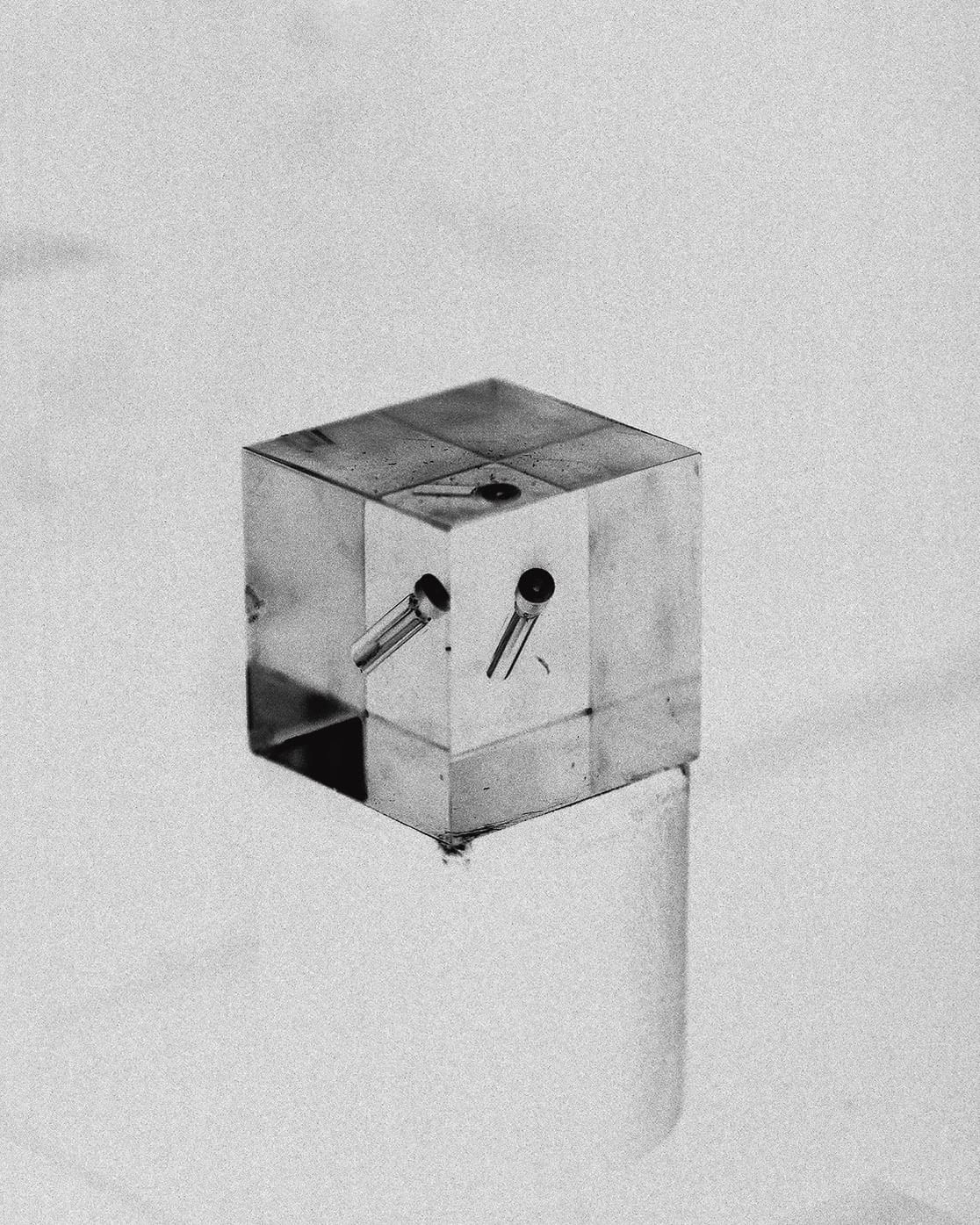
When Felicia Honkasalo’s grandfather passed away in 2009, he left behind boxes full of rocks and minerals, and stacks of notes, sketches, and fading photographs. “No one else in the family wanted them,” says Honkasalo, who never got the opportunity to meet her grandfather, “I was really intrigued by it all, but I didn’t really know what to do with it at first”.
Honkasalo’s debut book, Grey Cobalt, is an attempt to construct imagined memories of her grandfather, who was a metallurgist during the Cold War in Finland as well as an avid cosmologist. Published by Loose Joints, the book release accompanies an exhibition at the Webber Gallery in London, which will run till 15 February.

Publications we loved, and the big news stories from the last month in photobooks, including American Winter by Gerry Johansson, Void’s Hunger project, and JA Mortram’s Small Town Inertia
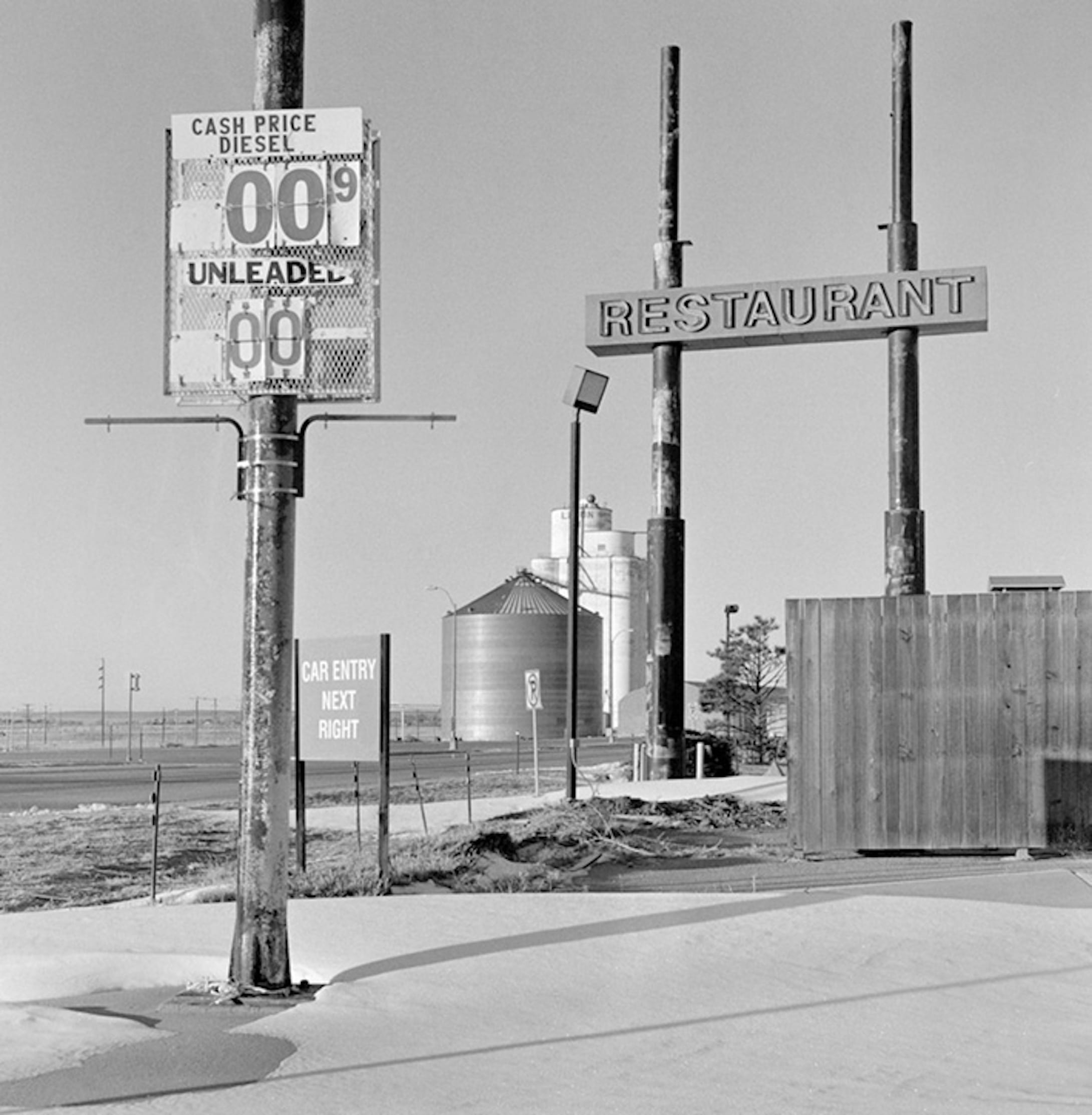
“For me it is important not to create a story with the pictures,” says Gerry Johansson. “Normally when you edit you try to sequence the photographs. But for me it is important that each picture is considered as a single, individual image.”
Johansson’s photography is largely driven by intuition, but when it comes to making a book, logic and order triumph. Almost all of his 31 photobooks are defined by their geography, if not the subject matter, and their equally-sized photographs are generally organised either alphabetically or chronologically, a bid to encourage readers to interpret them individually.

Taking a new approach to documentary photography after a near-death experience in Libya, Guy Martin captured Turkey’s fantasies and created a series which was recently published by GOST. “To not learn from that event in April 2011, I couldn’t do that to myself,” he says. “I couldn’t justify it to my family, I couldn’t be put in that same situation again,” he says. “The starting point was to take control of my photography, to use my photography instead of letting it use me.”
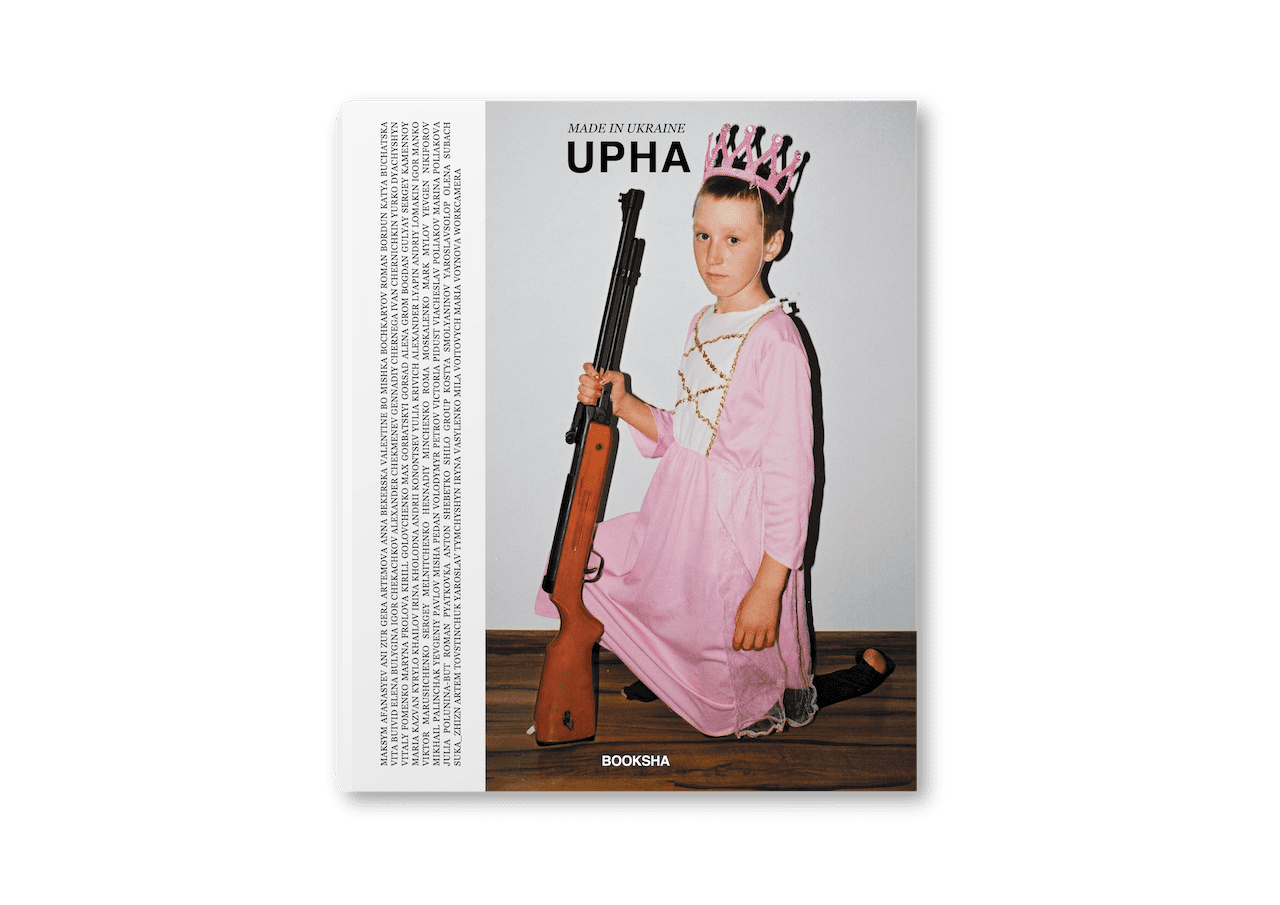
“Such great number of photo books in one place has never been presented in Kyiv before – since the foundation of the city more than 1500 years ago,” says Dmitriy Krakovich, director of the Kyiv Photo Book festival. “The goal of the festival is developing a communication between authors-photographers and publishers from one side, and broad circles of art lovers and photography art lovers in Ukraine.”
The first event of its kind in Ukraine, Kyiv Photo Book festival will feature both local and international photographers, publishers and galleries, with organisations such as MOKSOP (Museum of Kharkiv School of Photography) and Rodovid Press lined up to take part.
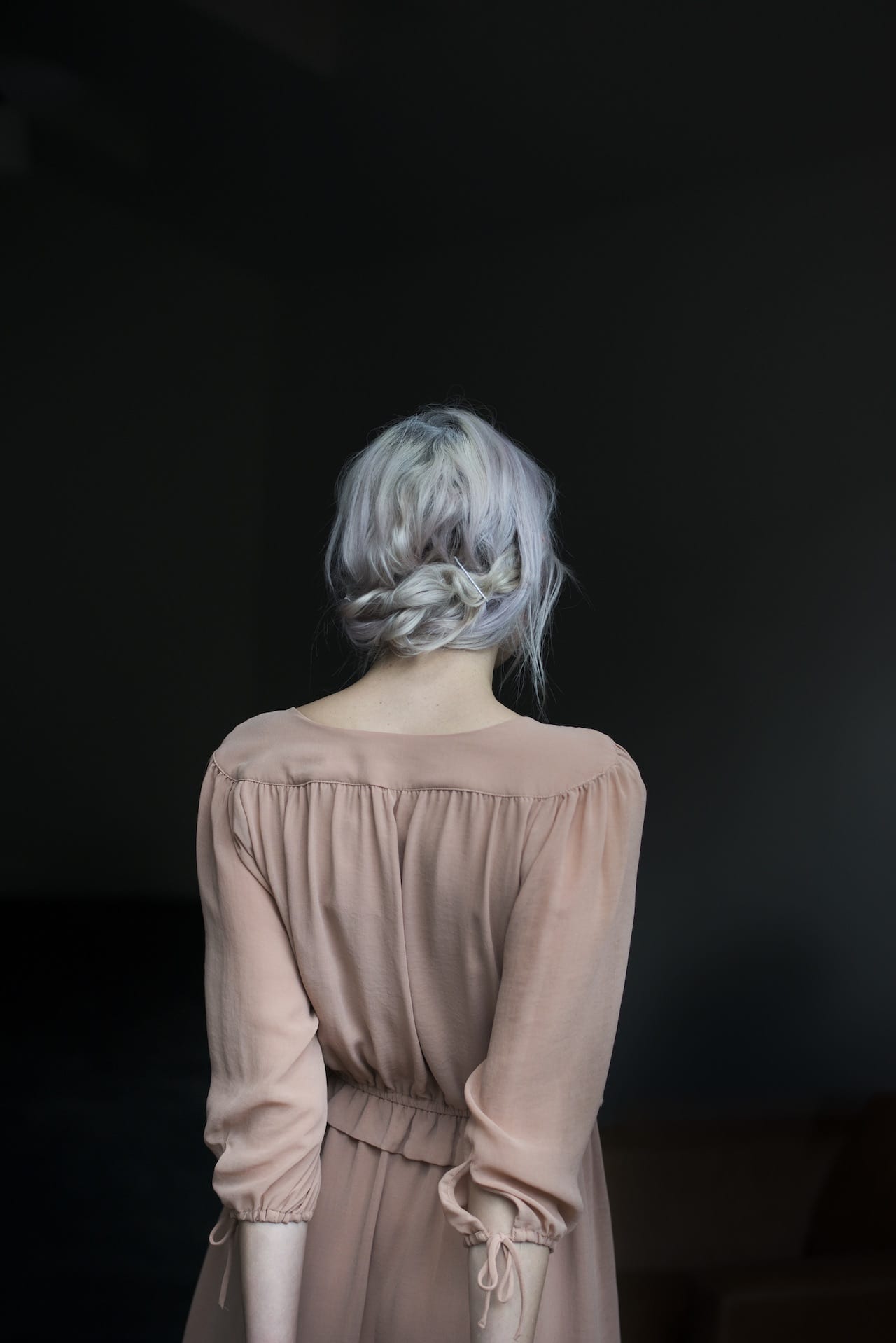
To look through Todd Hido’s lens is to view the world darkly. The San Francisco-based photographer’s entire oeuvre of compelling visual narratives is shrouded in inky obscurity, and in this regard, his latest work is no exception. The difference is that for the first time he has departed from his usual territory of suburban landscape and its relation to his own troubled childhood. Instead Bright Black World results from extensive travels abroad, and is steeped in a deep sense of pessimism about the future from the perspective of the present, attempting to “photograph the darkness that I see coming”.
There is something universally foreboding and immense happening here; work that captures nature on an awesome scale. And yet it can be read as a metaphorical measure of our individual existential lives, a dark poem alluding to our preconditioned mortality. His landscapes are magnificent in their brooding seduction, inspired by Norse mythology and the concept of Fimbulvetr – the long, harsh winter that precedes the end of Earth. Hido travelled to places he’d never visited before to capture these spectacles of natural devastation and melancholy, including the chilly vistas of the Norwegian tundra.
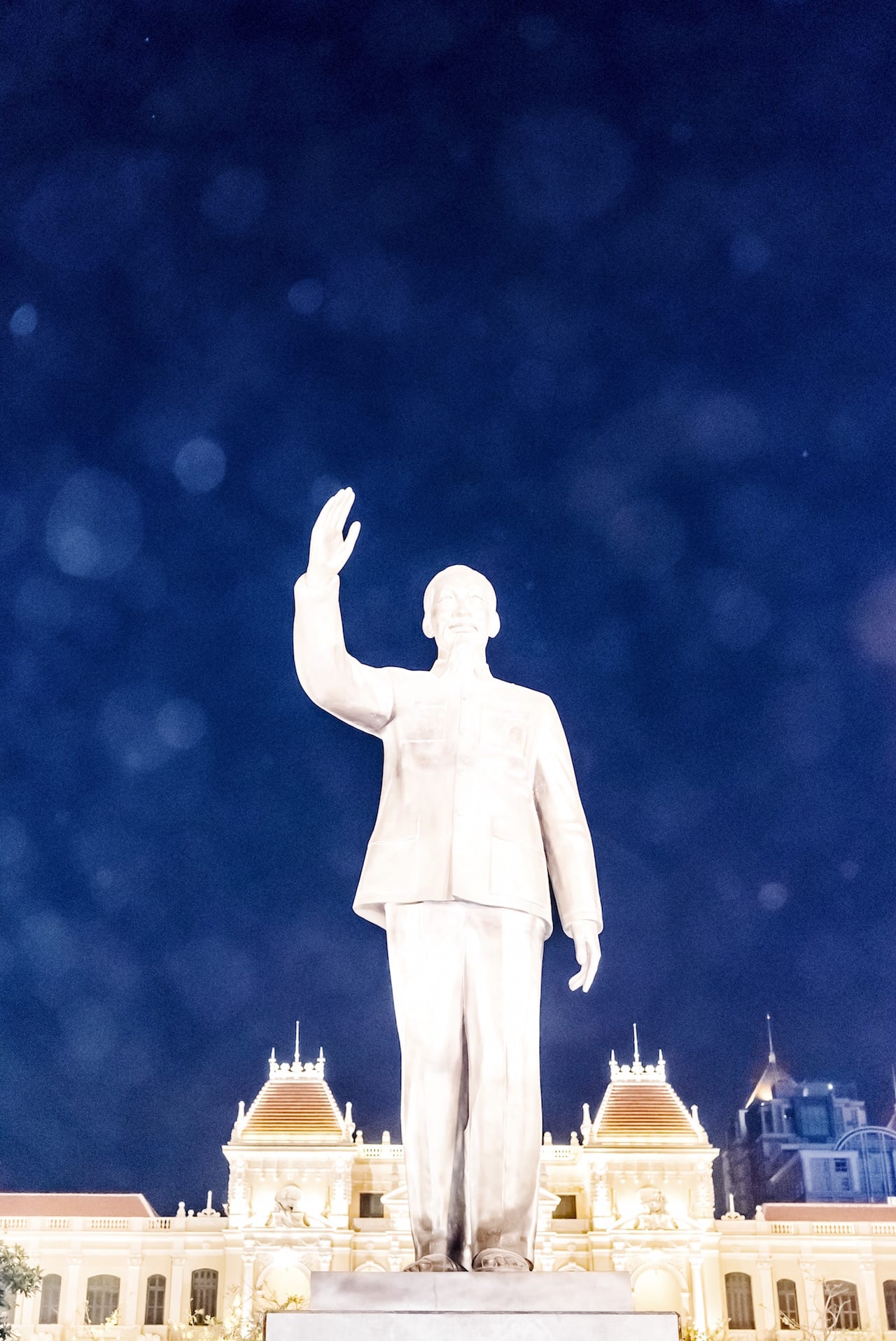
Charlie surfs on Lotus Flowers, which addresses the control of the one-party Communist government, and United States of Vietnam, which looks at the slow victory of capitalism over communism and its consequences for Vietnam’s economy. Using a combination of a staged, typological form of photography in United States of Vietnam, and a more autonomous, naturalistic style for Charlie surfs on Lotus Flowers, Sapienza intends to leave something for the viewer to work out. “They have to try to put their feet in the author’s shoes,” he says. “They just need to get the leitmotiv of your project, not the full, descriptive content. In that exchange lives the real core of the project.”
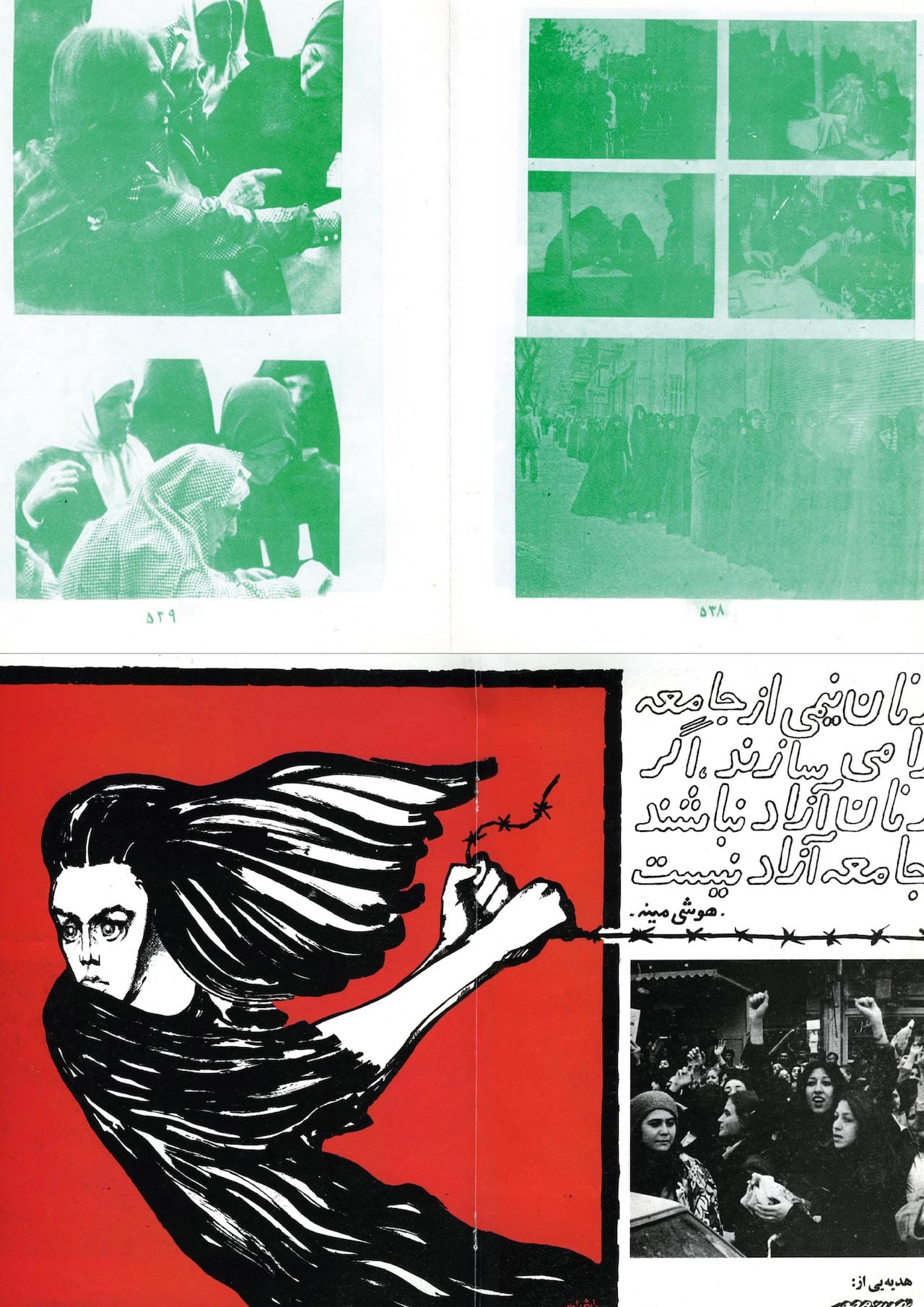
“These documentary practices coalesced into a visual culture which, with its aptitude for capturing and transmitting collective emotions, became a tool for political propaganda,” write Hannah Darabi and Chowra Makaremi. They’re talking about the work produced in Iran in the years 1979-83, the period after the fall of the Shah and at the start of the Islamic government and a time in which freedom of speech briefly flourished, they argue, before descending into something darker.
“These few years stand out on their own in terms of the country’s publishing history,” adds Makaremi. “The creation and distribution of books would never be as unfettered as it was during this period. Nevertheless, at the same moment, books were also progressively becoming instruments of political propaganda and publishing became the laboratory in which to experiment with every form of dissemination of emotions, ideologies, and opinions. This propaganda operated through the production of texts, but also, and especially as of 1979, through visual and pictorial production.”
Darabi is a visual artist and collector who was born in 1981 in Tehran but is now based in Paris; her collection of Iranian photobooks make up the backbone of Le Bal’s latest exhibition, along with her own photographic “reconstructions”, creating using contemporary photographs of Tehran and archive images such as family snaps, press images, and postcards. Makaremi, a tenured researcher and a member of the National Center for Scientific Research (CNRS) in Paris, has “decrypted” the exhibition; in addition, Le Bal and Spector Books have worked with Darabi to create an accompanying photobook, with an introduction by Makaremi.